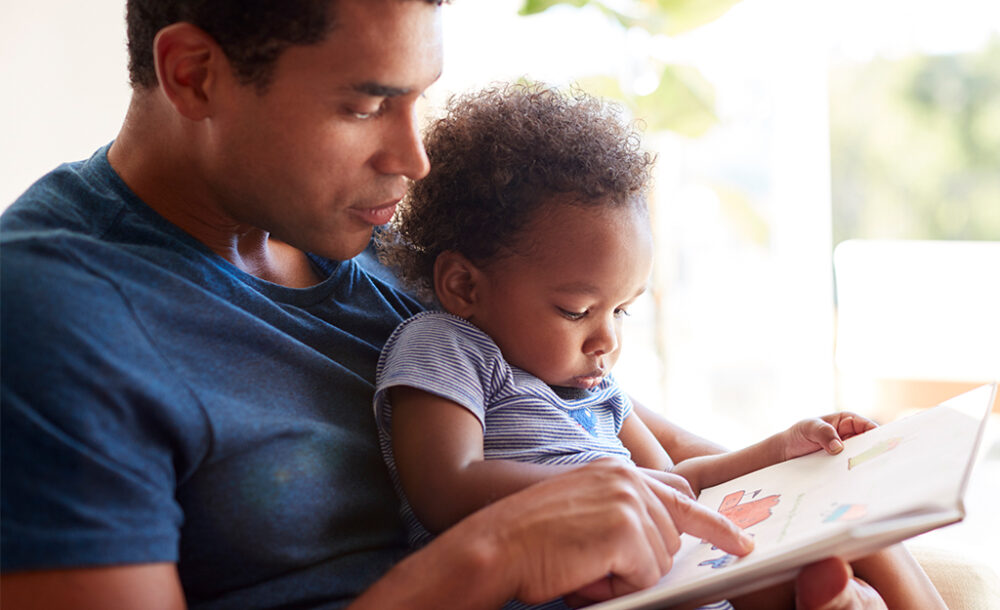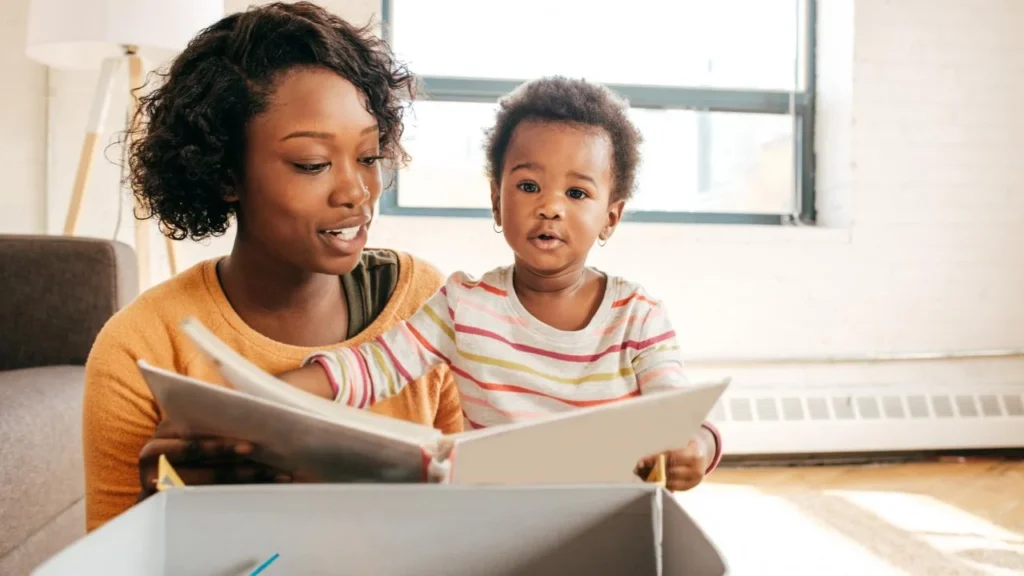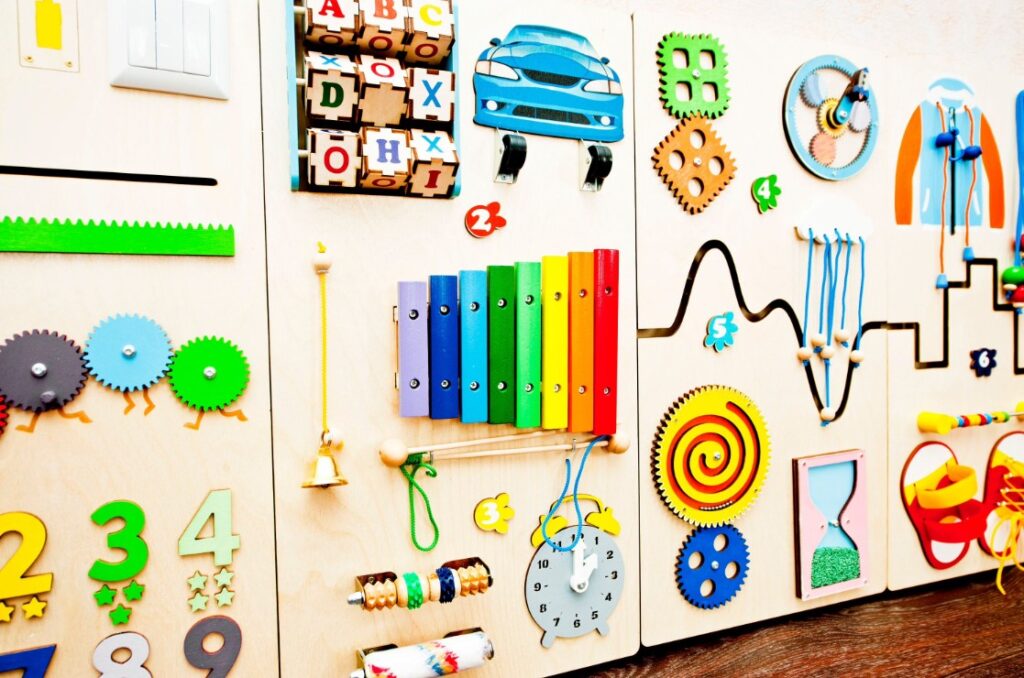Toddlers, defined as children between the ages of one and three, are at a crucial stage in their development. During this time, they are learning new skills and abilities at an incredible rate, and their brains are developing rapidly.
Early education can play a critical role in shaping a child’s future success. In this article, we will explore the importance of early learning for toddlers and provide tips for parents and caregivers on how to support their child’s education.
The Benefits of Early Learning for Toddlers

Source: nhs.uk
Cognitive Development
Early education can have a significant impact on a toddler’s cognitive development. By providing young children with stimulating learning experiences, they can develop critical thinking skills and problem-solving abilities. Toddlers who engage in early learning are more likely to develop stronger language skills, memory, and attention span. Additionally, they are better equipped to learn and succeed in school later on.
Social and Emotional Development
Toddlers who attend preschool or participate in other forms of early education have the opportunity to interact with peers and develop social skills. They learn how to take turns, share, and work collaboratively, which are essential skills for success in both school and life. Early education can also help toddlers develop emotional regulation and self-awareness, which are crucial for healthy social and emotional development.
Physical Development
Early education can also have a positive impact on a toddler’s physical development. Many preschool programs include activities that promote physical activity and gross motor skills, such as running, jumping, and climbing. This can help toddlers develop strong muscles and coordination, setting them up for a healthy lifestyle.
3 Tips for Supporting Toddlers’ Education

Source: ucdavis.edu
1. Read with Your Child
One of the most effective ways to support a toddler’s education is by reading to them regularly. Reading helps build language skills, improves cognitive development, and promotes a love of learning. Choose age-appropriate books with bright pictures and simple language, and make reading a regular part of your daily routine.
2. Provide Hands-On Learning Opportunities
Toddlers learn best through hands-on experiences. Provide them with opportunities to explore their environment and learn by doing. For example, you can set up a sensory bin filled with materials like sand, water, or rice for your child to play with. You can also take them on nature walks, visit the zoo or aquarium, or engage them in simple science experiments.
3. Foster Independence
As toddlers grow and develop, they are learning how to become more independent. Encourage this by giving them opportunities to make choices and take on age-appropriate responsibilities. For example, you can have your child help with simple household tasks like folding laundry or setting the table. This helps them develop a sense of confidence and self-esteem.
Choosing the Right Early Education Program
When choosing an early education program for your toddler, it’s important to do your research. Look for programs that are accredited and have experienced teachers who are trained in early childhood development. Consider the curriculum and learning environment, and look for a program that aligns with your family’s values and goals.
Visit Programs and Ask Questions
Before enrolling your child in an early education program, visit the facility and ask questions. Ask about the curriculum, daily schedule, and teacher qualifications. Observe the learning environment and take note of how the teachers interact with the children. This will help you determine if the program is a good fit for your child.
What are Sensory Walls?

Source: etsy.com
Sensory walls are a popular feature in many educational and therapeutic settings, as well as in private homes. These walls provide a range of sensory experiences that can help individuals of all ages and abilities to learn, play, and relax. In this article, we will explore sensory walls, their benefits, and some tips for creating your own sensory wall.
Sensory walls are interactive panels that provide a range of sensory experiences. These walls can include a variety of elements, such as textures, lights, sounds, and interactive features. They are often used in educational and therapeutic settings to help individuals with sensory processing disorders or developmental disabilities to explore and engage with their environment.
Benefits of Sensory Walls
- Sensory integration ─ Sensory walls can help individuals with sensory processing disorders to better integrate sensory information from their environment. By providing a range of sensory experiences in a controlled environment, individuals can learn to manage their sensory input and improve their overall functioning.
- Learning and exploration ─ Sensory walls can provide a fun and interactive way for individuals to learn and explore. They can help children to develop their fine motor skills, problem-solving abilities, and creativity.
- Relaxation ─ Sensory walls can also be used as a calming and relaxing tool. They can provide a soothing sensory experience that can help individuals to reduce stress and anxiety.
Creating Your Own Sensory Wall
If you’re interested in creating your own sensory wall, here are some tips to get you started:
- Choose your materials ─ Sensory walls can be made from a variety of materials, such as fabric, foam, wood, and plastic. Consider the sensory experiences you want to provide and choose materials that will best facilitate those experiences.
- Incorporate multiple senses ─ Sensory walls should include a range of sensory experiences, such as textures, lights, sounds, and interactive features. This will help individuals to engage with the wall in different ways and improve their overall sensory processing.
- Personalize the wall ─ Consider the individual who will be using the sensory wall and personalize it to their interests and abilities. For example, if the individual loves animals, you can include animal textures and sounds on the wall.
- Safety first ─ When creating a sensory wall, it’s important to consider safety. Make sure all materials are securely attached to the wall and are safe for individuals of all ages and abilities.
Sensory walls are a versatile and beneficial tool for individuals of all ages and abilities. They can provide a range of sensory experiences, improve sensory processing, and promote learning, exploration, and relaxation. If you’re interested in creating your own sensory wall, consider the materials, sensory experiences, and personalization, while prioritizing safety.
Early education is crucial for a toddler’s development and sets the foundation for future success. By providing stimulating learning experiences and supporting their education at home.

















